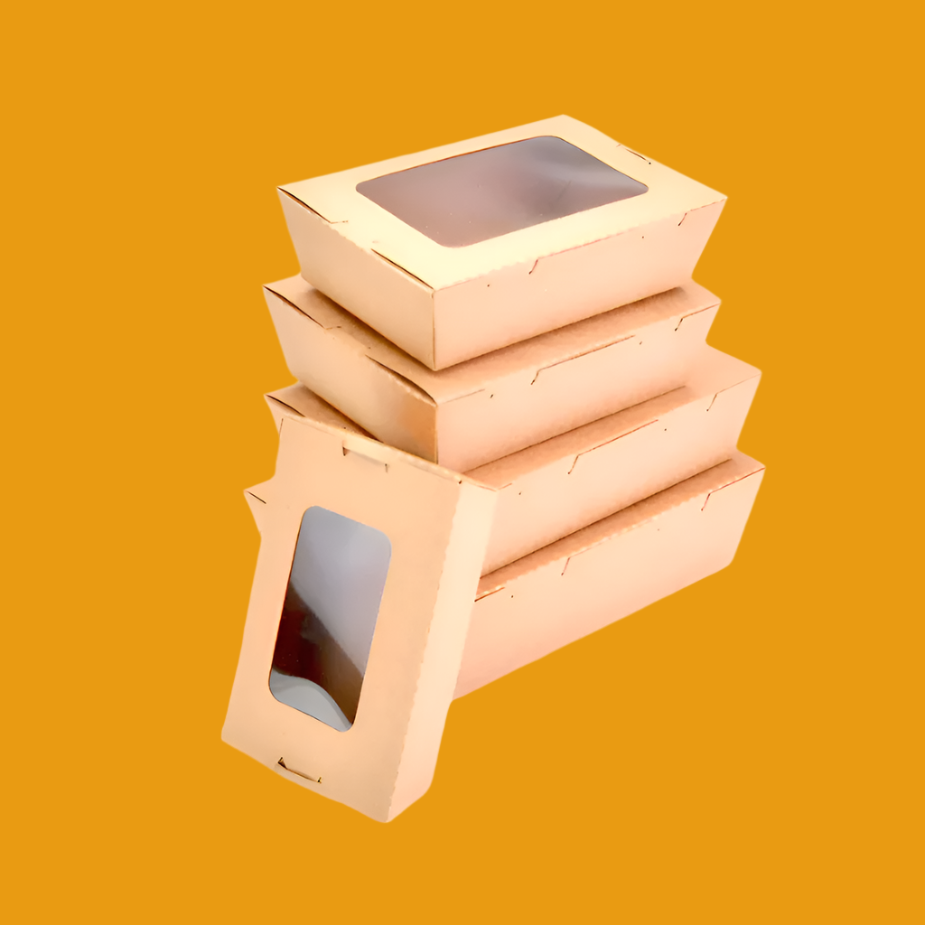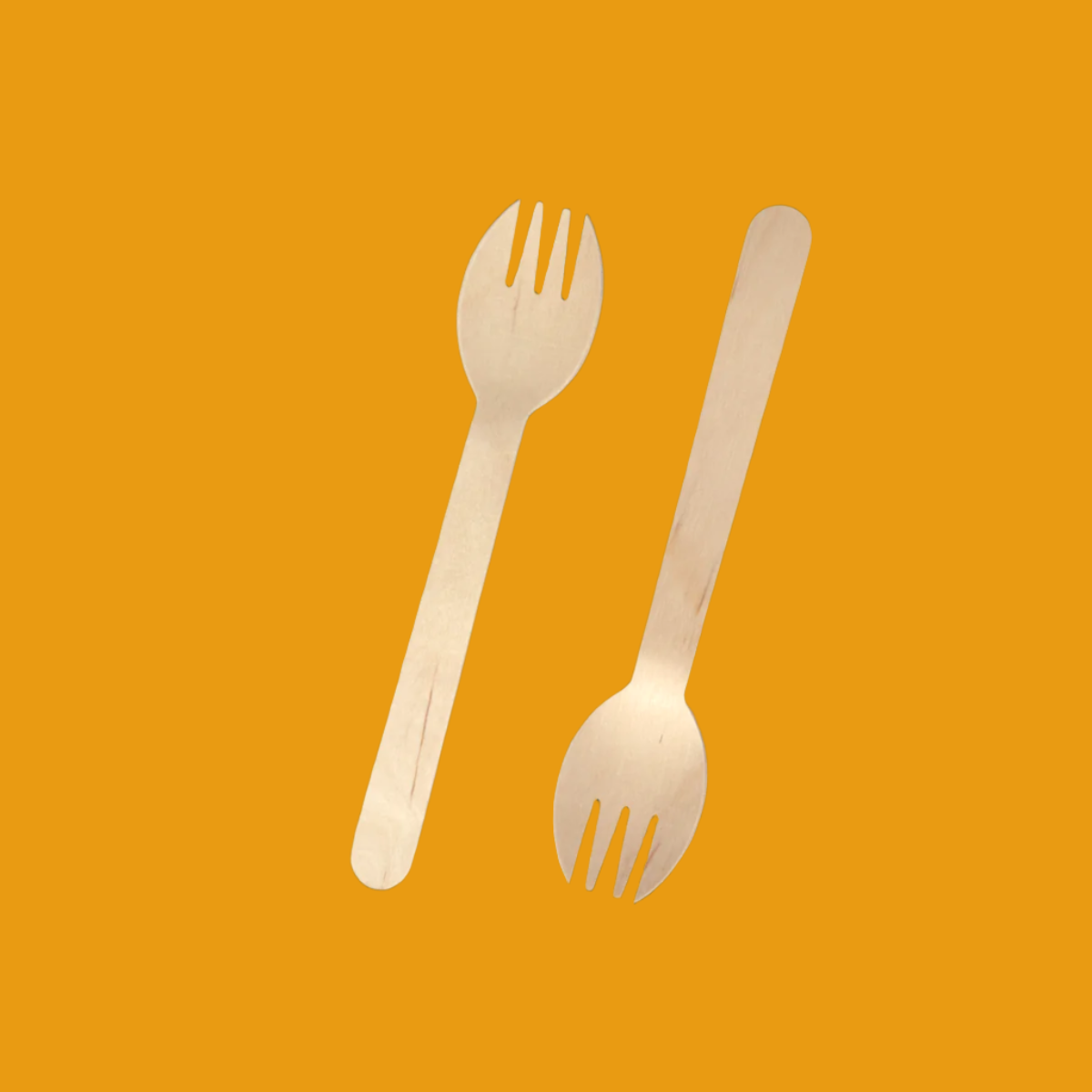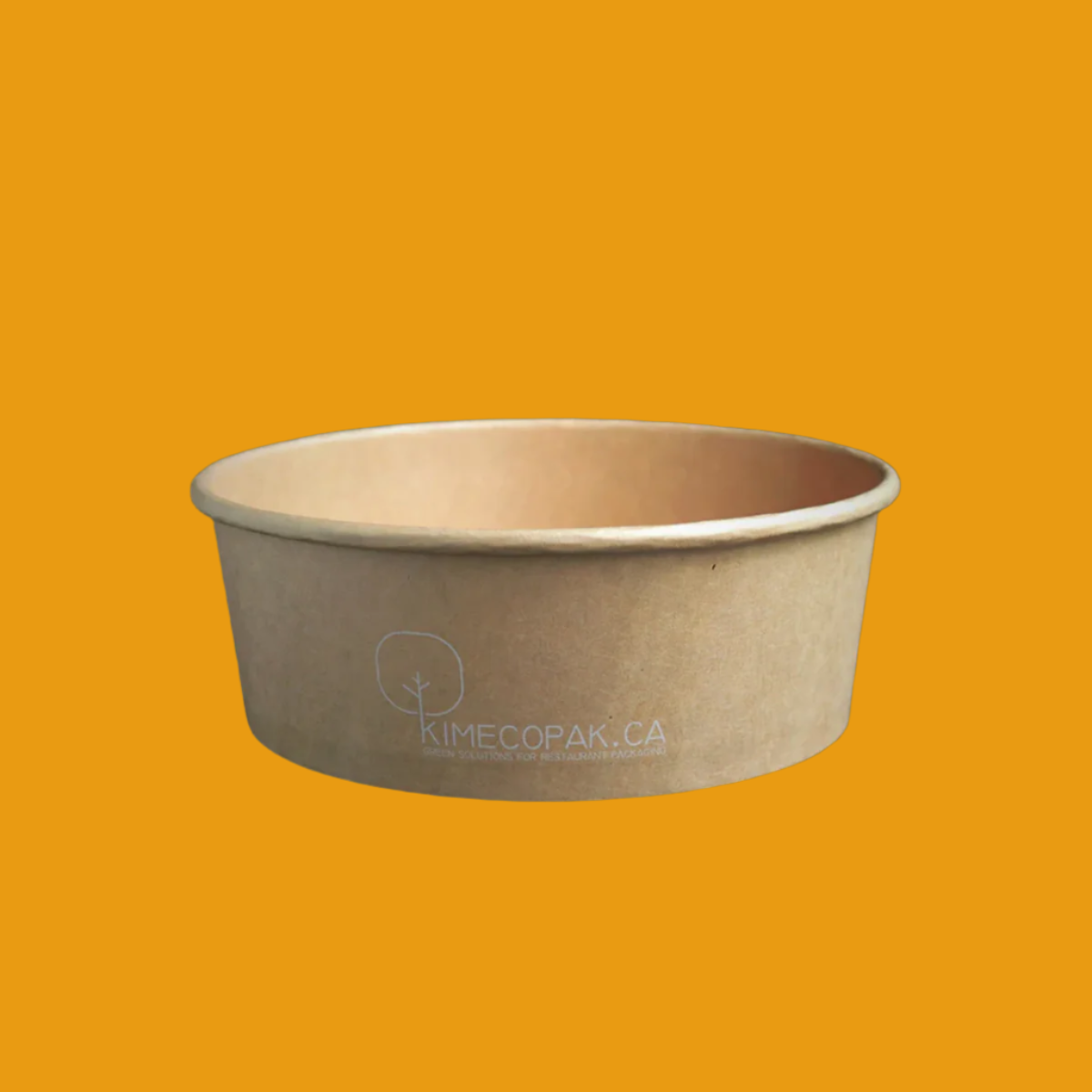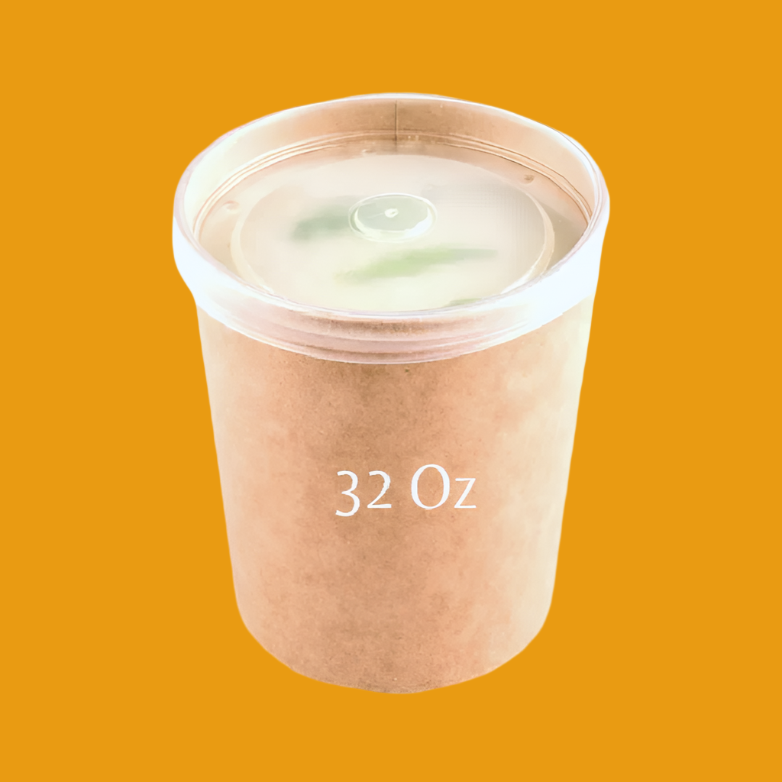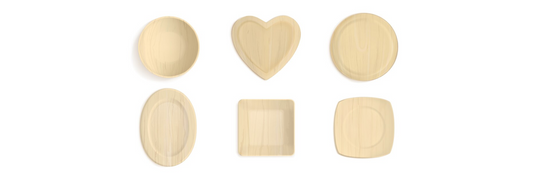Wooden cutlery offers a charming, eco-friendly alternative to metal or plastic utensils, making it a popular choice for both everyday use and special occasions. The type of wood used in cutlery manufacturing significantly impacts its durability, appearance, and overall performance. In this article, we explore various sources of wood for cutlery, including hardwoods, softwoods, exotic woods, rare exotic woods, and sustainable wood options.
Sources Of Wood For Cutlery From Hardwoods
Hardwoods are known for their density, strength, and durability, making them an ideal choice for high-quality cutlery.
Maple
Maple is a common hardwood used in cutlery for its strength, smooth grain, and light color, which can be stained or left natural. It is resistant to wear and tear, making it a practical and attractive option.

Cherry
Cherry wood has a rich, reddish-brown color that deepens with age, providing a beautiful, timeless appearance. It is relatively easy to work with and offers a smooth finish, making it a popular choice for handcrafted cutlery.
Walnut
Walnut is a dark, dense hardwood that is highly valued for its rich color and unique grain patterns. Its durability and resistance to warping make it an excellent material for cutlery that will see regular use.
Softwoods: Lightweight & Aesthetic Appeal
Softwoods are generally less dense than hardwoods but can still be suitable for cutlery, especially when ease of carving and a lighter weight are desired.
Cedar
Cedar is a softwood known for its aromatic properties and natural resistance to moisture and decay. Its distinctive color and pleasant scent make it a unique choice for wooden cutlery.
Pine
Pine is a widely available and affordable softwood. It has a light color and a relatively soft texture, making it easy to carve. Pine cutlery can be a good choice for casual use or decorative purposes.
Birch
Birchwood is a pale, fine-grained softwood that offers a smooth finish and a clean appearance. It is slightly harder than other softwoods, providing a good balance between durability and workability.

Exotic Woods
Exotic woods are sought after for their unique colors, patterns, and textures, adding an element of luxury and distinctiveness to wooden cutlery.
Rare Exotic Wood Options
For those seeking truly unique and rare materials, rare exotic woods offer unmatched beauty and exclusivity.
- Pink Ivory: Pink Ivory is a rare African wood with a striking pink to reddish color. Its rarity and vibrant appearance make it a luxurious choice for exclusive cutlery pieces.
- Purpleheart: Purpleheart is a striking exotic wood known for its vibrant purple hue, which deepens over time. It is incredibly dense and durable, making it an eye-catching yet practical choice for cutlery.
- Bocote: Bocote is a Central American wood known for its dramatic grain patterns and rich, golden-brown color. Its natural beauty and durability make it a sought-after material for high-end cutlery.
Distinctive Grain Patterns
- Zebrawood: Zebrawood features distinctive dark and light stripes, resembling the pattern of a zebra. Its unique appearance and durability make it a favored choice for high-end, custom-made cutlery.
- Birdseye Maple: Birdseye Maple is a variation of maple wood with a distinctive pattern of small, swirling eyes. Its unique texture and light color make it a beautiful option for decorative and functional cutlery.

Sustainable Wood
Sustainable wood options are increasingly important as consumers become more environmentally conscious. These woods are harvested in an eco-friendly manner, ensuring a minimal environmental impact.
Bamboo
Bamboo is a highly sustainable material, growing rapidly and requiring minimal resources. It is strong, lightweight, and resistant to moisture, making it an excellent choice for eco-friendly cutlery.
Bamboo cutlery offers a sustainable, durable, and aesthetically pleasing alternative to conventional utensils. Its environmental benefits, combined with its practical and versatile nature, make it an excellent choice for those looking to reduce their ecological footprint while enjoying a unique dining experience.

Maple
Maple is not only a durable hardwood but also a sustainable choice when sourced from responsibly managed forests. Its versatility and eco-friendliness make it a popular option.
Olive Wood
Olive wood is a beautiful, sustainable material known for its distinctive grain patterns and rich color. It is harvested from olive trees that no longer produce fruit, ensuring a minimal environmental impact.
Conclusion
The choice of wood for cutlery can significantly impact its appearance, durability, and sustainability. Whether opting for the strength and elegance of hardwoods like maple and walnut, the unique patterns of exotic woods like zebrawood, or the eco-friendly benefits of sustainable options like bamboo, there is a wide variety of materials available to suit different preferences and needs. By selecting the appropriate wood, manufacturers and consumers can create and enjoy beautiful, functional, and environmentally responsible cutlery.


